We put the Asus ROG Phone 7 through our rigorous DXOMARK Audio test suite to measure its performance both at recording sound using its built-in microphones, and at playing audio back through its speakers.
In this review, we will break down how it fared in a variety of tests and several common use cases.
Overview
Key audio specifications include:
- Two speakers (Top center, bottom center)
- 3.5mm audio output
- Dirac HD technology
Scoring
Sub-scores and attributes included in the calculations of the global score.
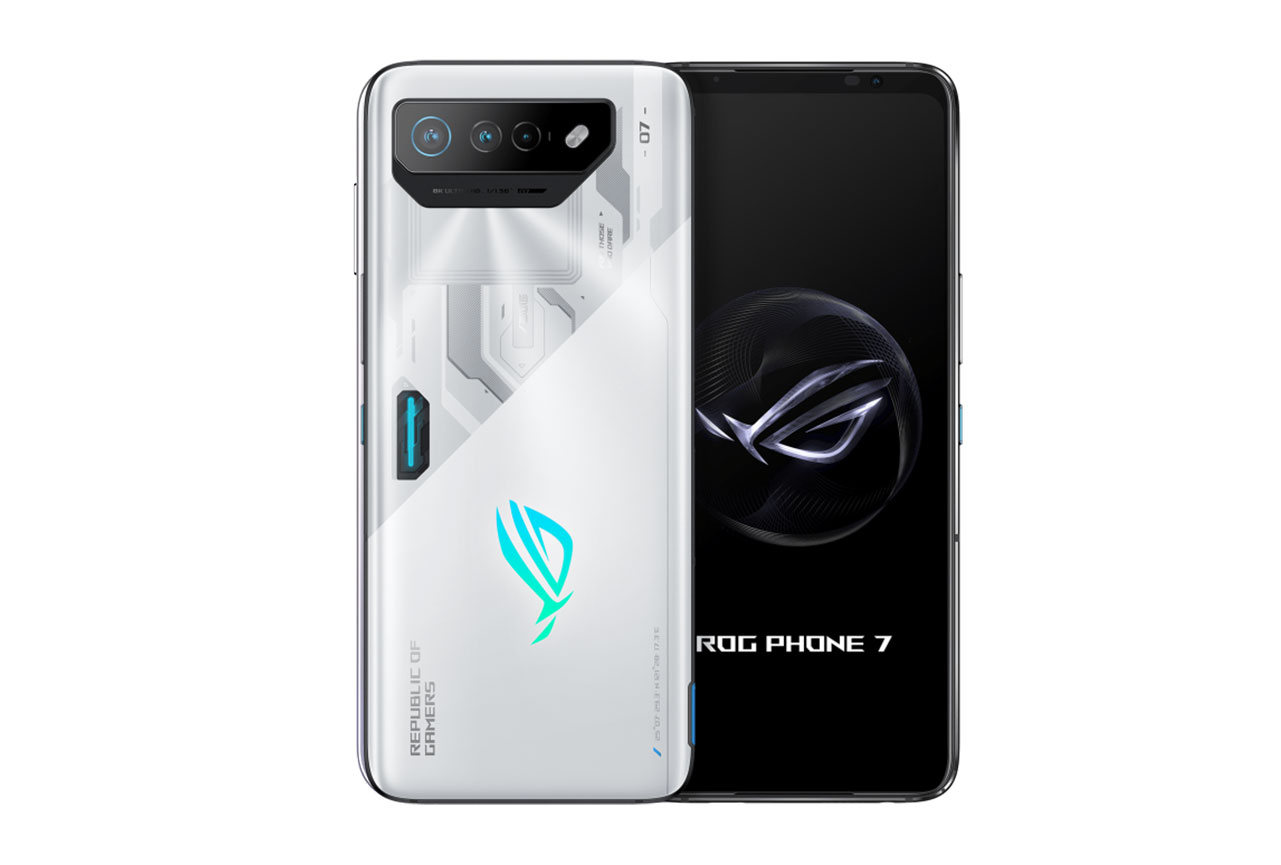
Asus ROG Phone 7


 9th
9th 5th
5thPlayback
Pros
- Good tonal balance with nice upper bass presence
- Good Dynamics performance
- Good Spatial performance
Cons
- Aggressive tonal balance at maximum volume
- Bass distortion even at nominal volume
- Emphasis on upper bass can induce resonances
Recording
In the DXOMARK Audio tests, the gaming-oriented Asus ROG Phone 7 was an all-around great performer with an AeroActive Cooler feature that could give an additional boost to the sound experience when gaming. The Asus did very well both as a Playback device and when recording sound but was slightly held back by the lack of an audio zoom feature. Our experts also noticed some bass distortion with the built-in speakers.
In Playback the ROG Phone 7 achieved the best results when listening to music but also did very well when watching movies or gaming. As a recording device it was best when filming video selfies but also achieved excellent results with the main camera and memo apps, making it an easy recommendation to any sound-focused smartphone user.
Test summary
About DXOMARK Audio tests: For scoring and analysis in our smartphone audio reviews, DXOMARK engineers perform a variety of objective tests and undertake more than 20 hours of perceptual evaluation under controlled lab conditions.
(For more details about our Playback protocol, click here; for more details about our Recording protocol, click here.)
The following section gathers key elements of our exhaustive tests and analyses performed in DXOMARK laboratories. Detailed performance evaluations under the form of reports are available upon request. Do not hesitate to contact us.
Playback
Asus ROG Phone 7
163
DXOMARK engineers test playback through the smartphone speakers, whose performance is evaluated in our labs and in real-life conditions, using default apps and settings.
In our Playback tests the ROG Phone 7 offered a good tonal balance that was quite close to what we had previously observed on the ROG Phone 6. Lower treble presence was nice but our experts found high-end extension to be slightly insufficient. Midrange was rich, and natural and bass rendition was powerful. With the AeroActive Cooler extension enabled, our experts observed some additional low midrange and upper bass, but the feature also induced some muddiness to the tonal balance. Results achieved with AeroActive Cooler enabled were not included in the ROG Phone 7’s score, though.
Dynamics were good, with sharp and precise attack, bass precision that benefitted from enhanced sustain, and great punch. In terms of Spatial capabilities the Asus device delivered a sound scene that was acceptable but not particularly wide when compared to other phones in the class. Good localizability allowed for easy pinpointing of individual sound elements. Both wideness and localizability were enhanced by the AeroActive Cooler when enabled. Distance and depth rendition were very good.
Our testers found the minimum volume setting a little too quiet, with some soft sections hardly audible when listening to classical music. Maximum volume was good, though. In terms of unwanted audio artifacts, significant bass distortion and resonances were noticeable at nominal volume and became more intrusive at maximum volume. The built-in speakers were not particularly prone to hand occlusions, however.
Listen to the tested smartphone’s playback performance in this comparison with some of its competitors:

Timbre
Asus ROG Phone 7
158
The Timbre score represents how well a phone reproduces sound across the audible tonal range and takes into account bass, midrange, treble, tonal balance, and volume dependency. It is the most important attribute for playback.

Dynamics
Asus ROG Phone 7
149
The Dynamics score measures the accuracy of changes in the energy level of sound sources, for example how precisely a bass note is reproduced or the impact sound from drums.
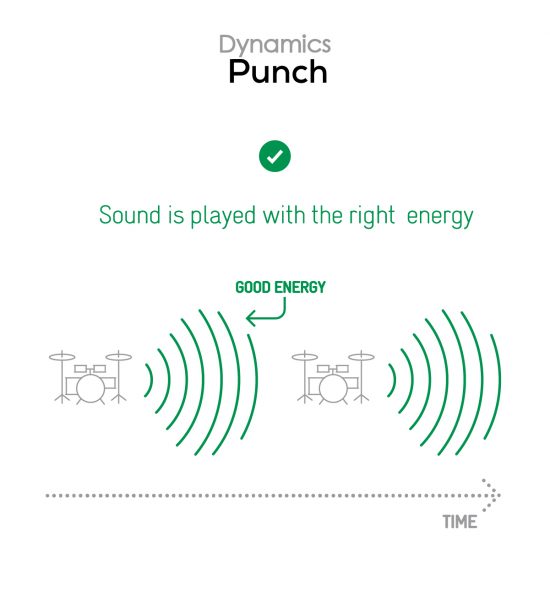
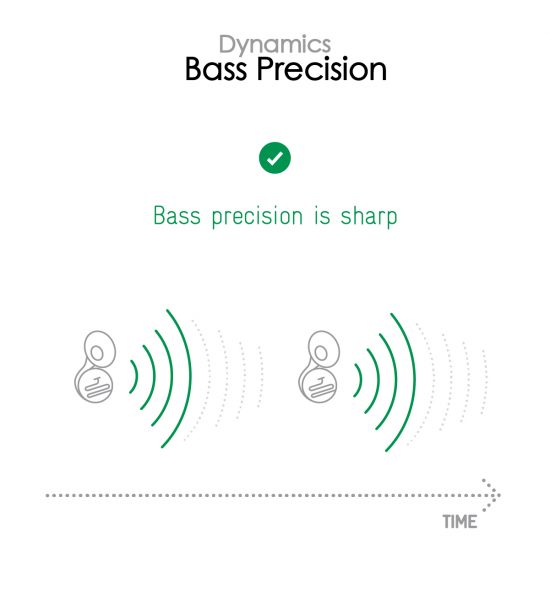

Spatial
Asus ROG Phone 7
162
The sub-attributes for spatial tests include pinpointing a specific sound's location, its positional balance, distance, and wideness.

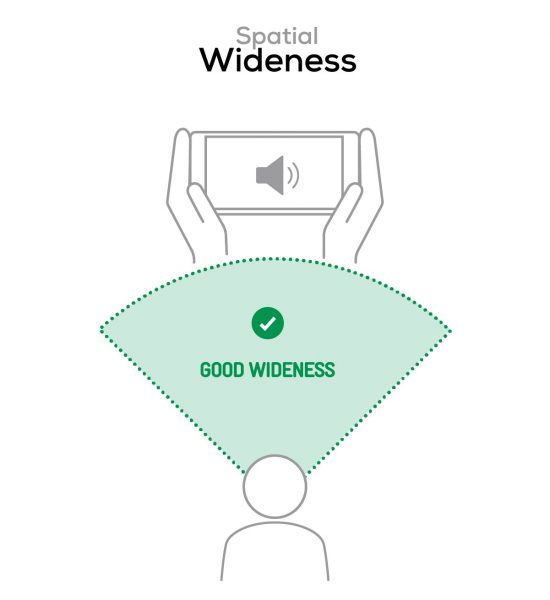

Volume
Asus ROG Phone 7
162
The Volume score represents the overall loudness of a smartphone and how smoothly volume increases and decreases based on user input.
| Hip-Hop | Classical | |
| Asus ROG Phone 7 | 75.2 dBA | 71 dBA |
| Asus ROG Phone 6 | 74.9 dBA | 72.6 dBA |
| Samsung Galaxy S23 Ultra | 74.8 dBA | 71.8 dBA |

Artifacts
Asus ROG Phone 7
157
The Artifacts score measures the extent to which the sound is affected by various types of distortion. The higher the score, the less the disturbances in the sound are noticeable. Distortion can occur because of sound processing in the device and because of the quality of the speakers.
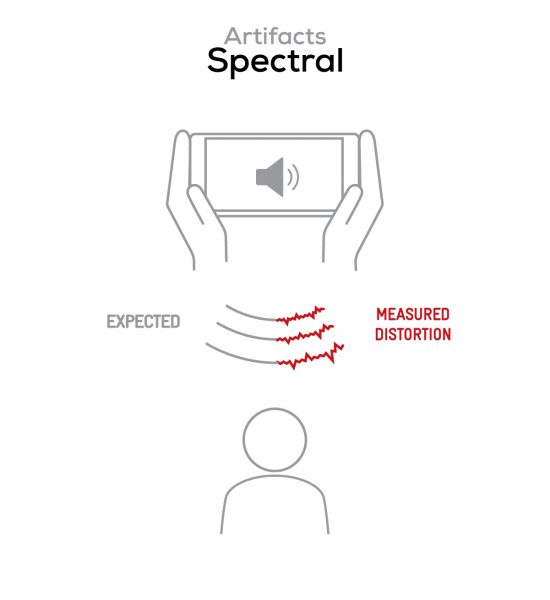
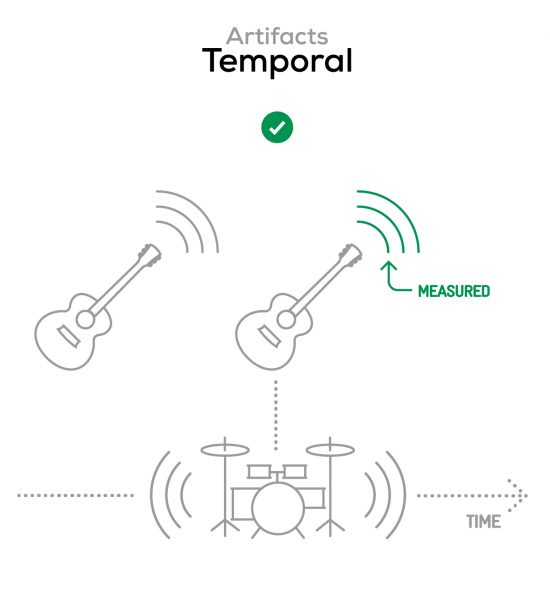
It represents the distortion and noise of the device playing our test signal (0 dB Fs, Sweep Sine in an anechoic box at 40 cm) at the device's maximum volume.
Recording
Asus ROG Phone 7
160
DXOMARK engineers test recording by evaluating the recorded files on reference audio equipment. Those recordings are done in our labs and in real-life conditions, using default apps and settings.
In Recording the tonal balance was excellent across all use cases, with great treble rendition and excellent midrange when recording with the main camera. With the front camera, midrange sounded slightly thinner, though. Signal-to-noise ratio was not a strong point and background noises, for example in urban environments, could become quite intrusive. Envelope rendition was excellent across all use cases, however.
The wideness of the sound scene was excellent, especially when recording in landscape orientation with the main camera. Individual sound sources were easy to locate within the scene and distance rendition was accurate. In main camera recordings the volume could have been louder but was good in all other test use cases. The ROG Phone 7 did very well in terms of recording artifacts. Some slight compression and distortion were noticed on loud voices but otherwise recordings were pretty clean. Background was excellent, too, artifacts-free and with a natural tonal balance.
Here is how the Asus ROG Phone 7 performs in recording use cases compared to its competitors:

Timbre
Asus ROG Phone 7
147
The Timbre score represents how well a phone captures sounds across the audible tonal range and takes into account bass, midrange, treble, and tonal balance. It is the most important attribute for recording.

Dynamics
Asus ROG Phone 7
146
The Dynamics score measures the accuracy of changes in the energy level of sound sources, for example how precisely a voice's plosives (the p's, t's and k's, for example) are reproduced. The score also considers the Signal-to-Noise Ratio (SNR), for example how loud the main voice is compared to the background noise.
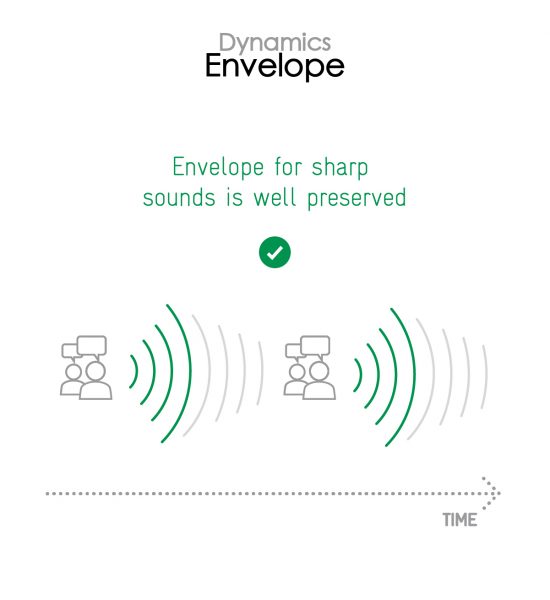
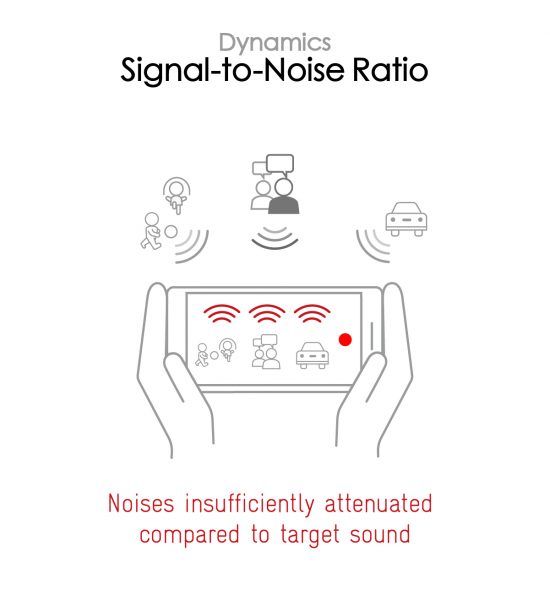

Spatial
Asus ROG Phone 7
159
The sub-attributes for spatial tests include pinpointing a specific sound's location, its positional balance, distance, and wideness on the recorded audio files.
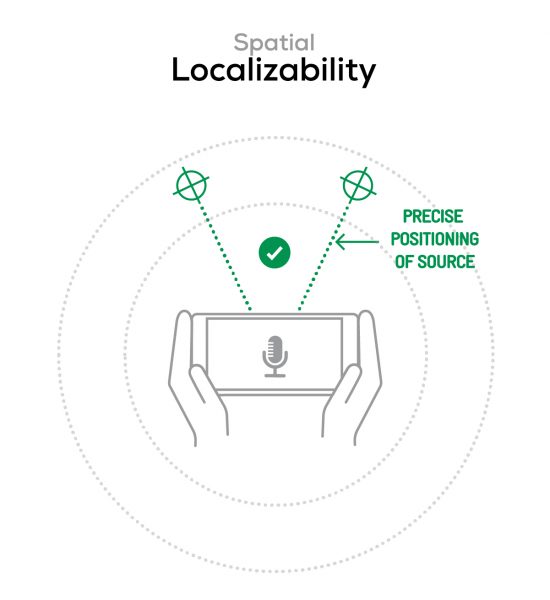
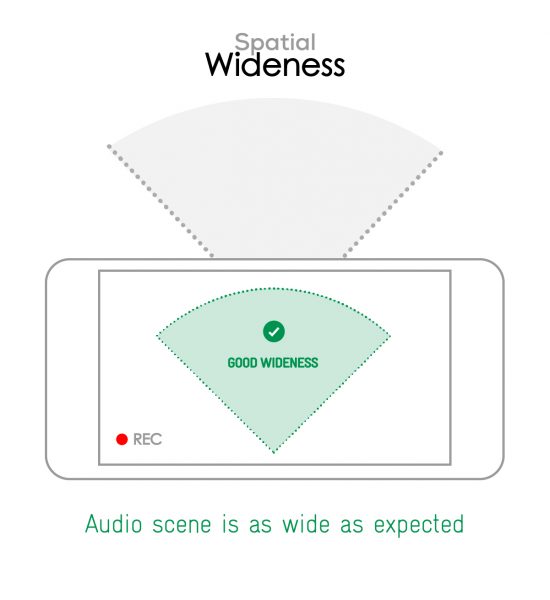

Volume
Asus ROG Phone 7
170
The Volume score represents how loud audio is normalized on the recorded files and the how the device handles loud environments, such as electronic concerts, when recording.
| Meeting | Life Video | Selfie Video | Memo | |
| Asus ROG Phone 7 | -27.5 LUFS | -23.1 LUFS | -21.1 LUFS | -21.7 LUFS |
| Asus ROG Phone 6 | -21.4 LUFS | -19.9 LUFS | -18.1 LUFS | -17.6 LUFS |
| Samsung Galaxy S23 Ultra | -26.5 LUFS | -21.8 LUFS | -22.4 LUFS | -21.6 LUFS |

Artifacts
Asus ROG Phone 7
145
The Artifacts score measures the extent to which the recorded sounds are affected by various types of distortions. The higher the score, the less the disturbances in the sound are noticeable. Distortions can occur because of sound processing in the device and the quality of the microphones, as well as user handling, such as how the phone is held.
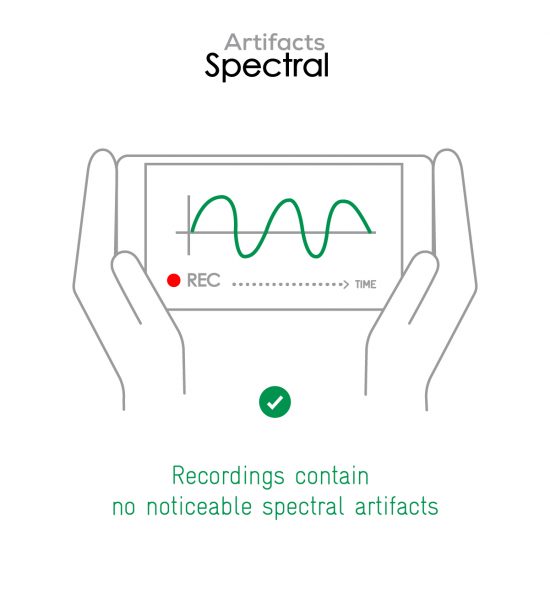
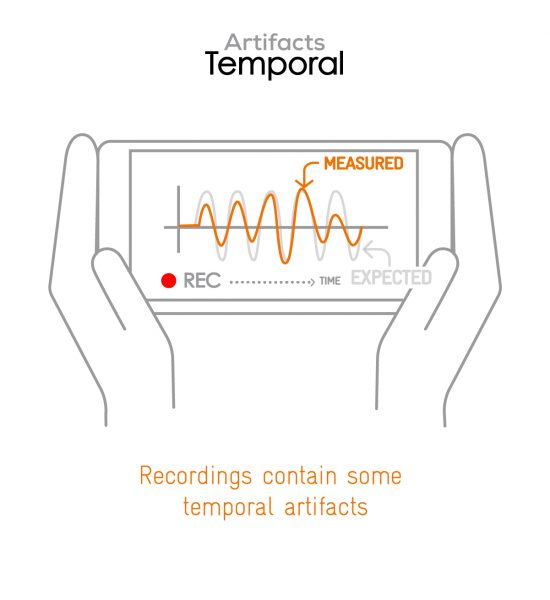
In this audio comparison, you can listen to the way this smartphone handles wind noise relative to its competitors:

Background
Asus ROG Phone 7
166
Background evaluates how natural the various sounds around a voice blend into the video recording file. For example, when recording a speech at an event, the background should not interfere with the main voice, yet it should provide some context of the surroundings.
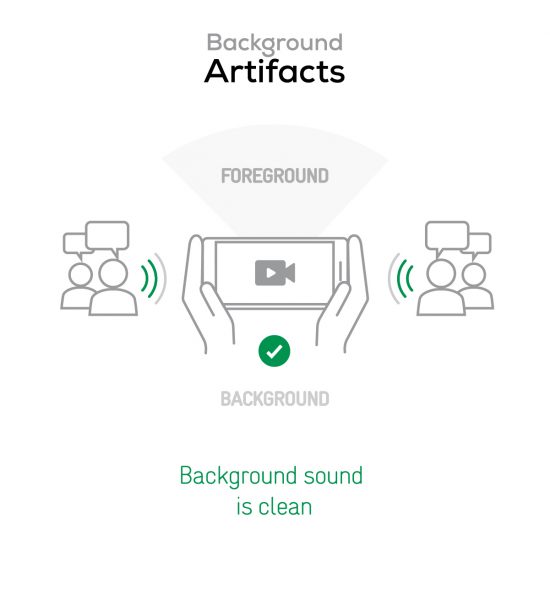
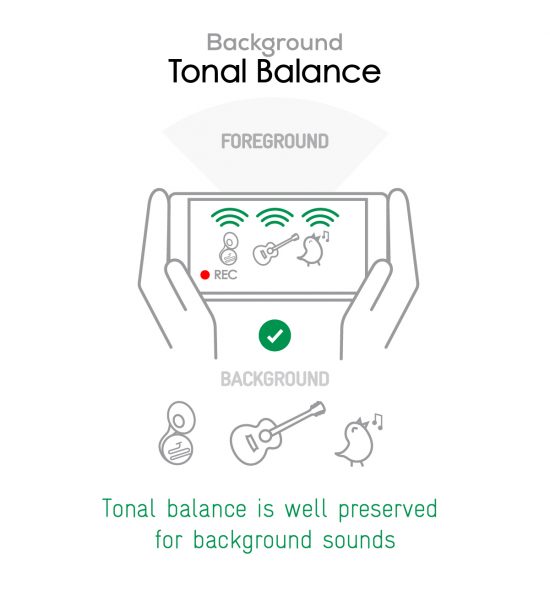


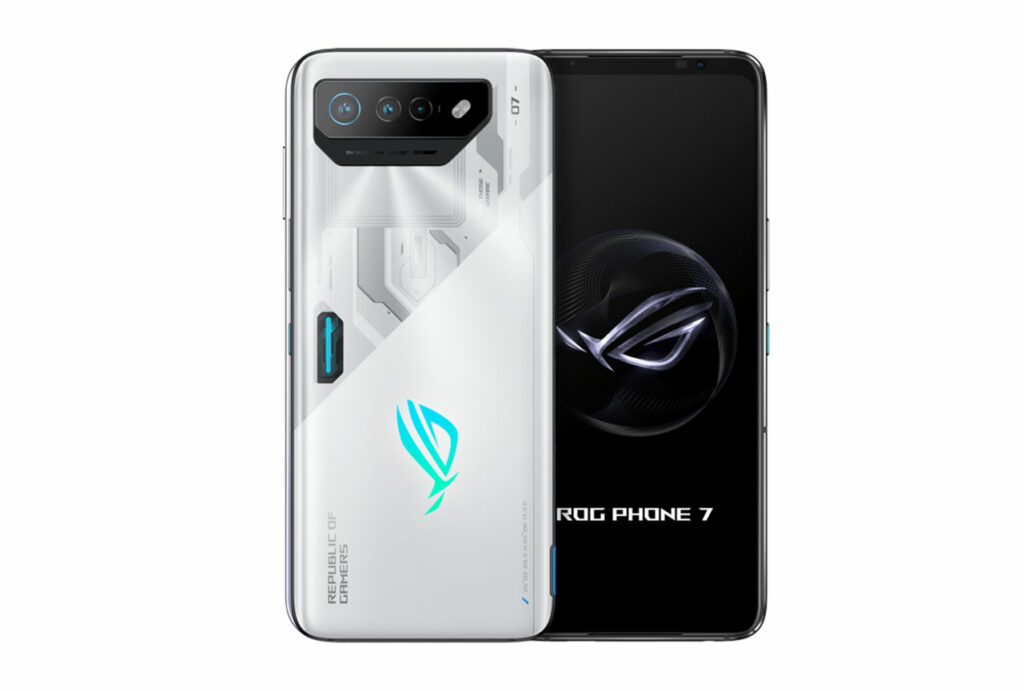
DXOMARK encourages its readers to share comments on the articles. To read or post comments, Disqus cookies are required. Change your Cookies Preferences and read more about our Comment Policy.